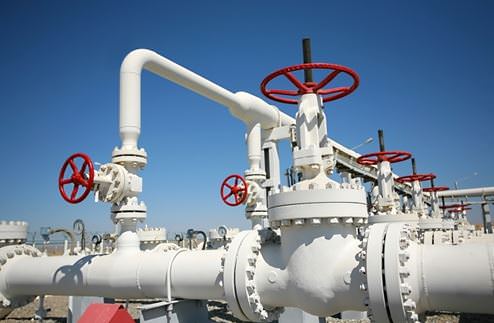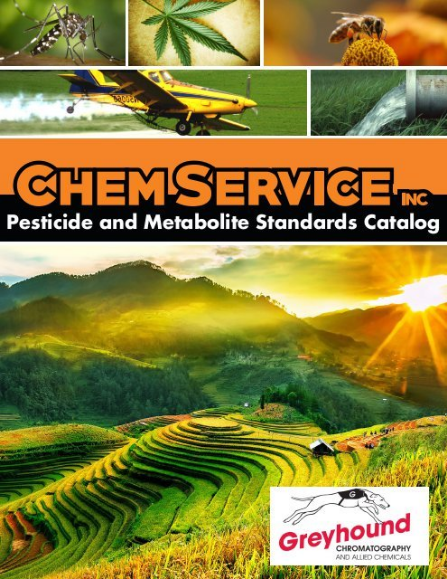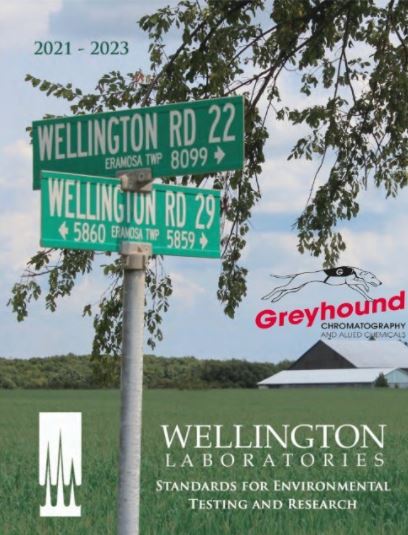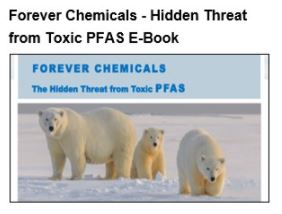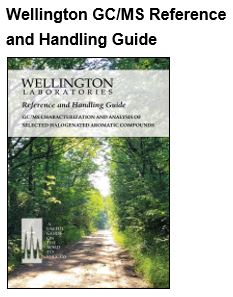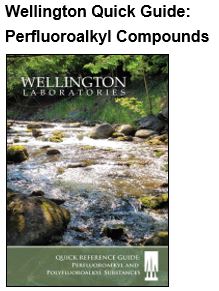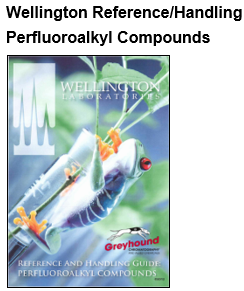The Future of Natural Gas Production
As natural gas production and hydraulic fracturing have increased over the years, so have the number of chemical plants that take advantage of this inexpensive fuel to create a range of products such as fertilizer, according to Yale Environment 360. The viability of these chemical and petrochemical facilities is leading to a massive building project in Louisiana along the Mississippi River that will see the construction of many new chemical plants – likely the largest industrial project ever undertaken in the state.
Critics of these new plants
Yale Environment 360 explained that there are many critics of the construction on new chemical plants because of fears of pollution and contamination. Currently there is an area on the Mississippi River between New Orleans and Louisiana state capitol Baton Rouge that is home to more than 150 chemical manufacturers. People have nicknamed it "Cancer Alley" because of the chemicals and cancer associated with the region, the news source explained.
People fear that these new plants will only compound issues of pollution and illness in the region and burden the ecosystem further. With 120 plants in the U.S. pending or approved that use natural gas as a "feedstock" product to manufacture goods and chemicals, Environmental Integrity Project explained that 130 million tons more greenhouse gasses will be released into the environment.
"There are a lot of these facilities that are being developed just because there's an abundance of cheap natural gas," Wilma Subra, a chemist with the Louisiana Environmental Action Network told Yale Environment 360. "Once they start operating, it's a huge burden from the chemicals being released into the air and water in these communities."
The potential of natural gas
While there are concerns about the impact of chemical production on the environment around plants, inexpensive natural gas affords businesses the ability to use it as a commodity that they can turn into commercial goods and fuel to continue the process. Natural gas can be transformed into everything from fertilizer to plastics because of its organic composition of several key chemicals.
Methane makes up about 95 percent of natural gas, according to Enbridge Gas Distribution. Hydrocarbons are significant percentages of the remainder with ethane taking about 2.5 percent of the remainder followed by propane and butane. Nitrogen also makes up about 1.5 percent with smaller amounts of carbon dioxide, water and hydrogen sulfide.
The Eastman Chemical Company explained in its report "Natural Gas as a Chemical Industry Fuel and Feedstock: Past, Present, Future (and Far Future)" that the methane in natural gas can be used for syngas and hydrogen production, while propane and ethane are often used as an alternative raw material to crude oil naphtha for chemical production.
To use these chemicals for manufacturing or chemical production, plants need to crack the heavier hydrocarbons found in natural gas such as ethane into a lighter molecule like ethylene. According to Yale Environment 360, some of the largest ethane crackers are found along the Mississippi River where more plants are scheduled to be built.
Cracking chemicals allows companies to turn natural gas into liquid fuels as well as create ammonia, methanol or products such as latex pain, according to the news source. However, this also often introduces new chemicals into the process and releases others into the environment.
Environmental economist with Synapse Energy Economics in Massachusetts Frank Ackerman told Yale Environment 360 that he thinks that chemical companies can take advantage of the chemicals in natural gas without pollution, but they often don't because of the financial barriers.
"In general, the cost of producing things cleanly has not been shown to be that high," he said. "Industry has routinely complained that they were going to be bankrupted by environmental regulations, which they turned out to be able to live with."
The future of natural gas
Natural gas is so inexpensive right now that some companies are reopening plants that have been closed to take advantage of the prices. Eastman explained in its report that it expects natural gas will maintain its dominance in the next few years and overtake coal as the "primary early carbon management technique." Additionally, Eastman sees an increase in exportation and production of chemicals in the U.S.
These predictions are dependent on shale gas reserves and how long they remain at current levels. Additionally, new technologies may emerge in the next few years to increase the ability to process or extract natural gas.
The most significant barriers to the prolonged success of natural gas in chemical production don't simply come from the amount of gas being extracted but also how it is being used. Eastman explained that in the future, if natural gas is being used more to produce electricity it may affect its viability as a chemical production feedstock.
Another possible barrier to the success of natural gas in the future is that extraction technologies may have environmental impacts that exceed expectations and lead to regulatory restrictions in the far future.
Chem Service has over 2,000 Pesticide and Metabolite Reference Standards.
CONTACT US
Tel: +44 (0) 151 649 4000
Email: marketing@greyhoundchrom.com
FOLLOW US
YOU MAY ALSO BE INTERESTED IN OUR NEWSLETTER

